Glass Doors
Glass doors, also called “lited” doors, include panes of glass allowing light to pass through the door. Glass doors are typically made with individual lites – each pane enclosed and sealed. Glass doors can be also combined with solid panels. Insulated glass is also an option.
Interior and exterior doors available!
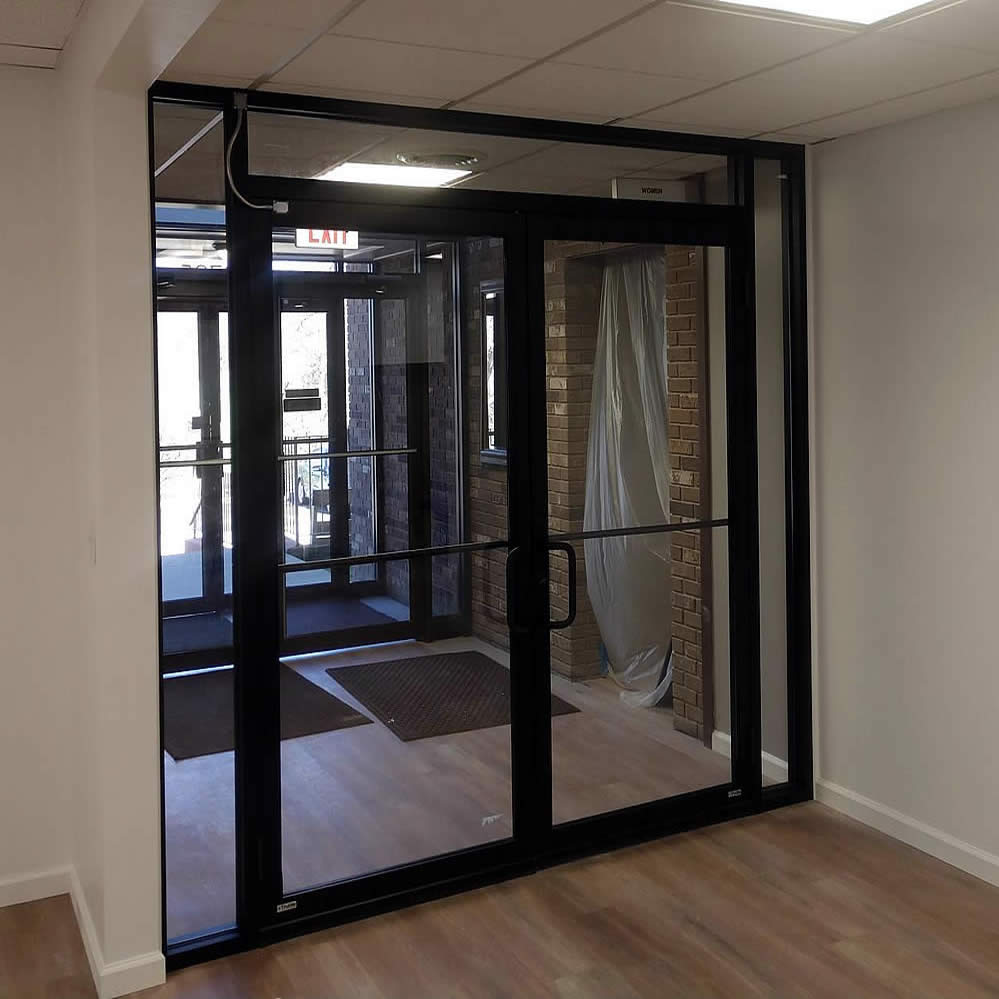
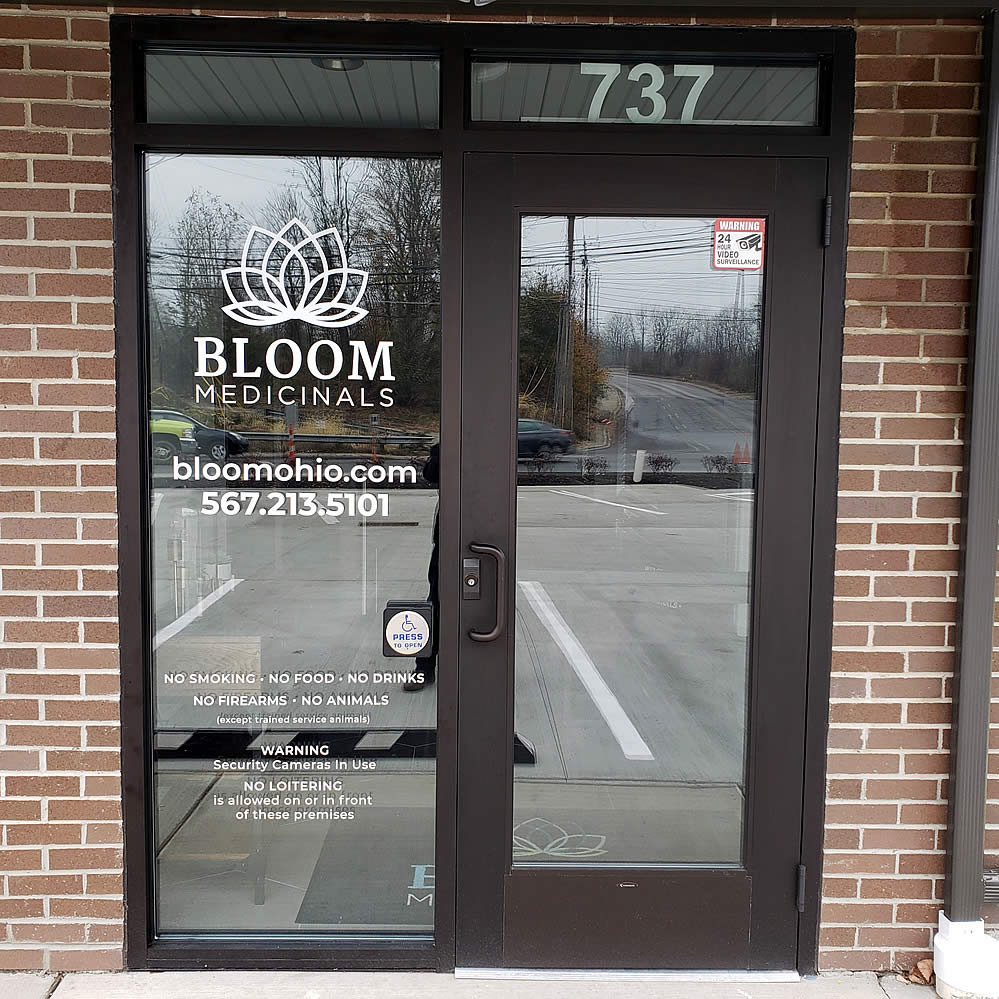
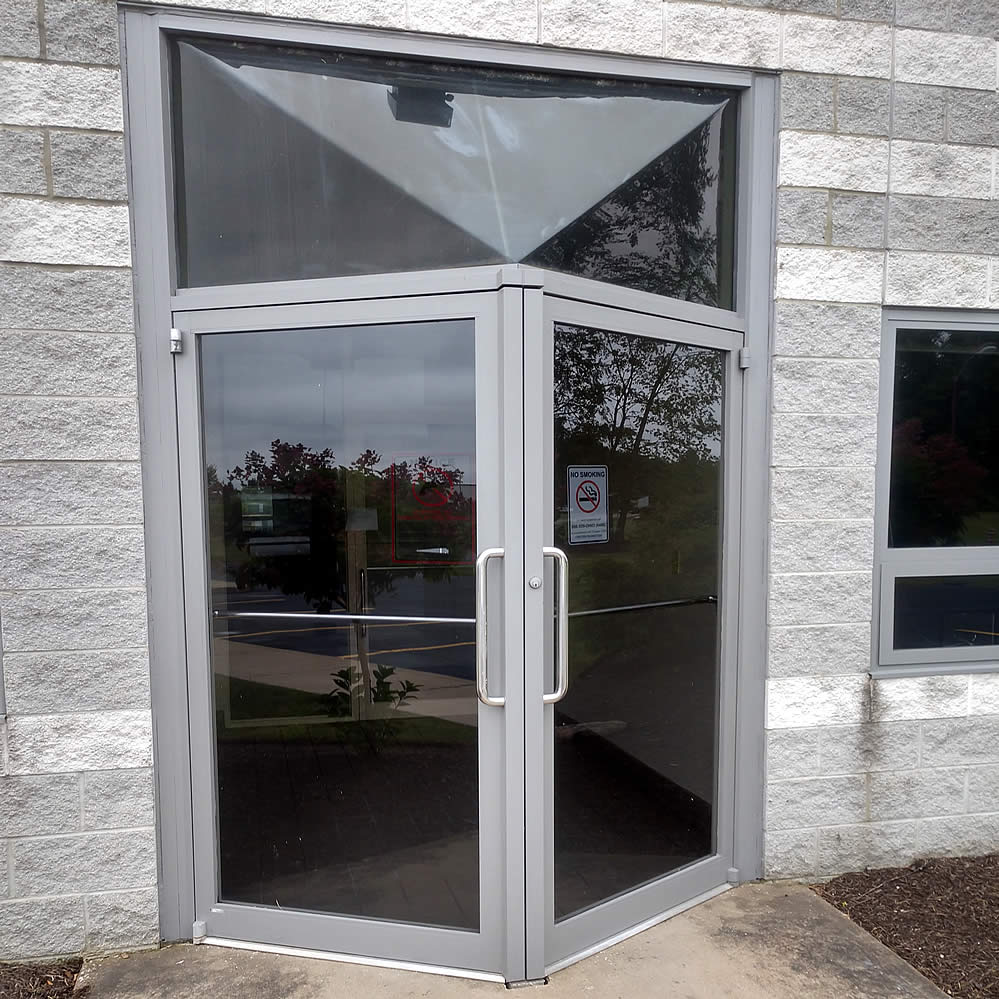

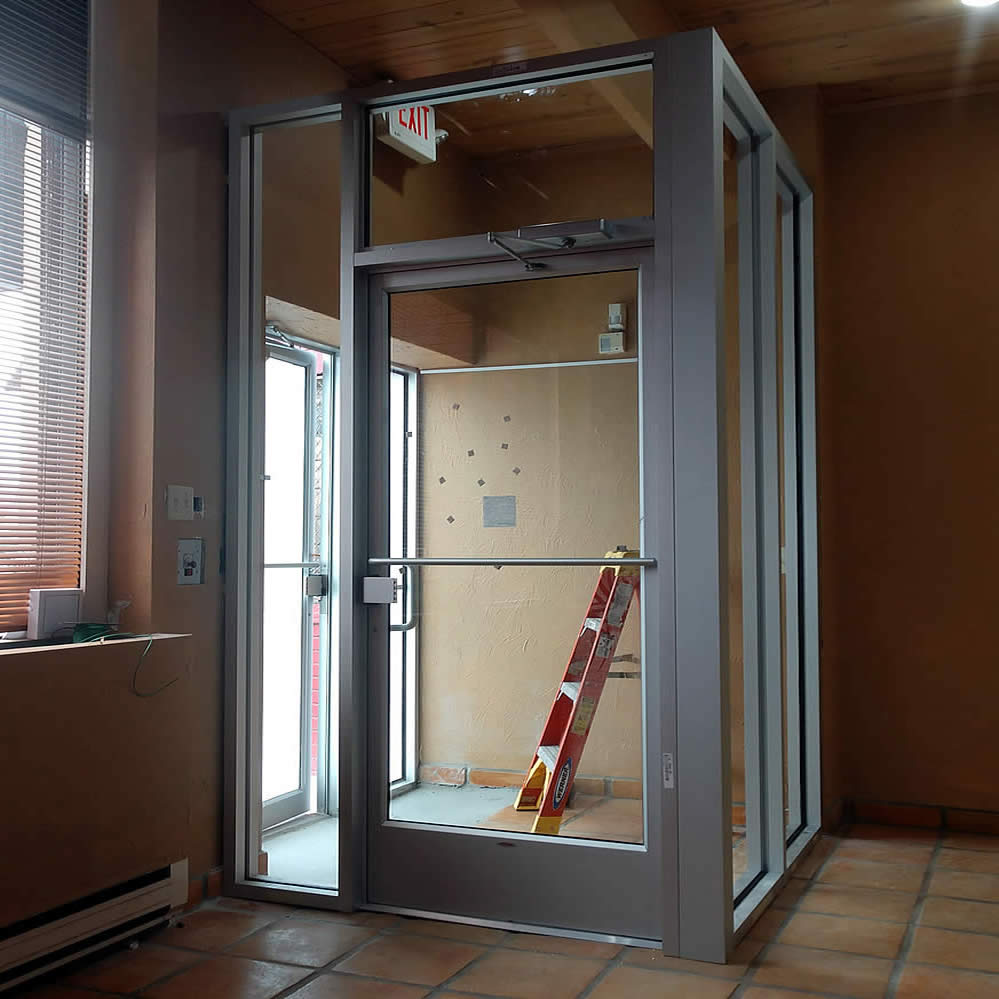
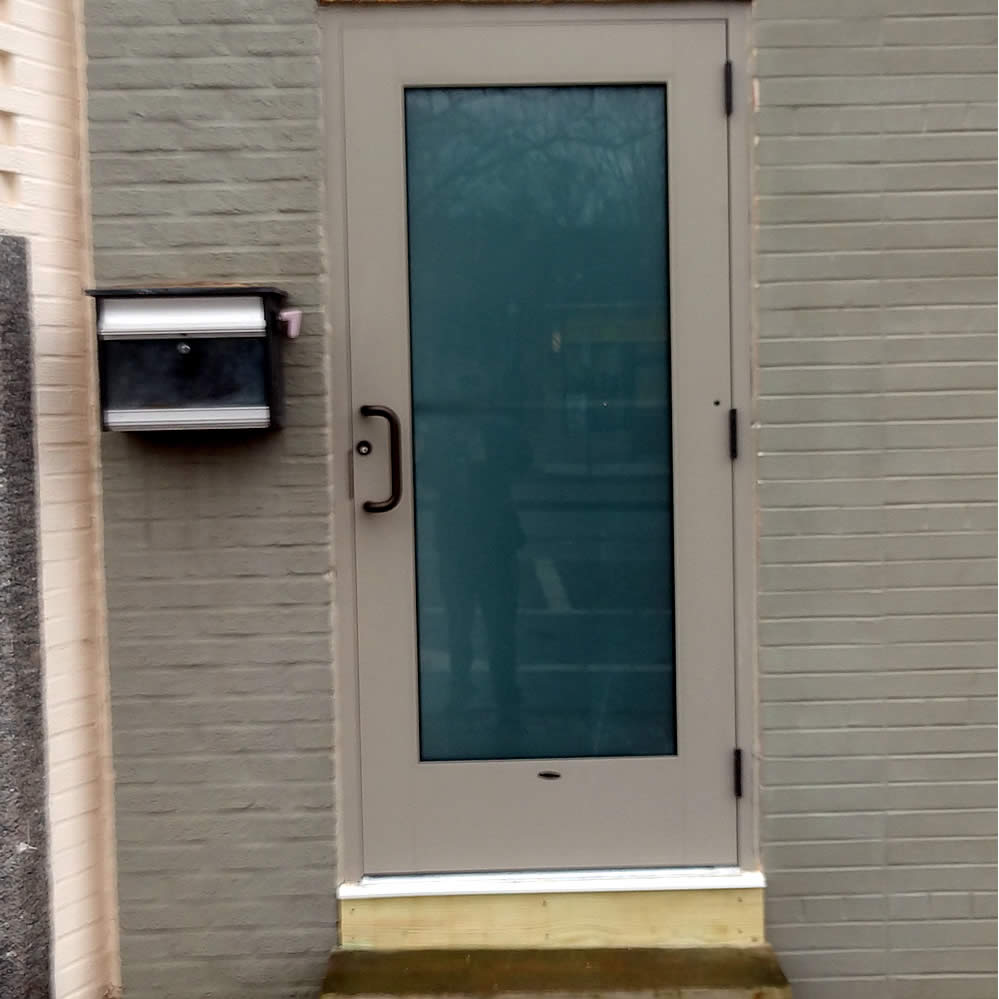

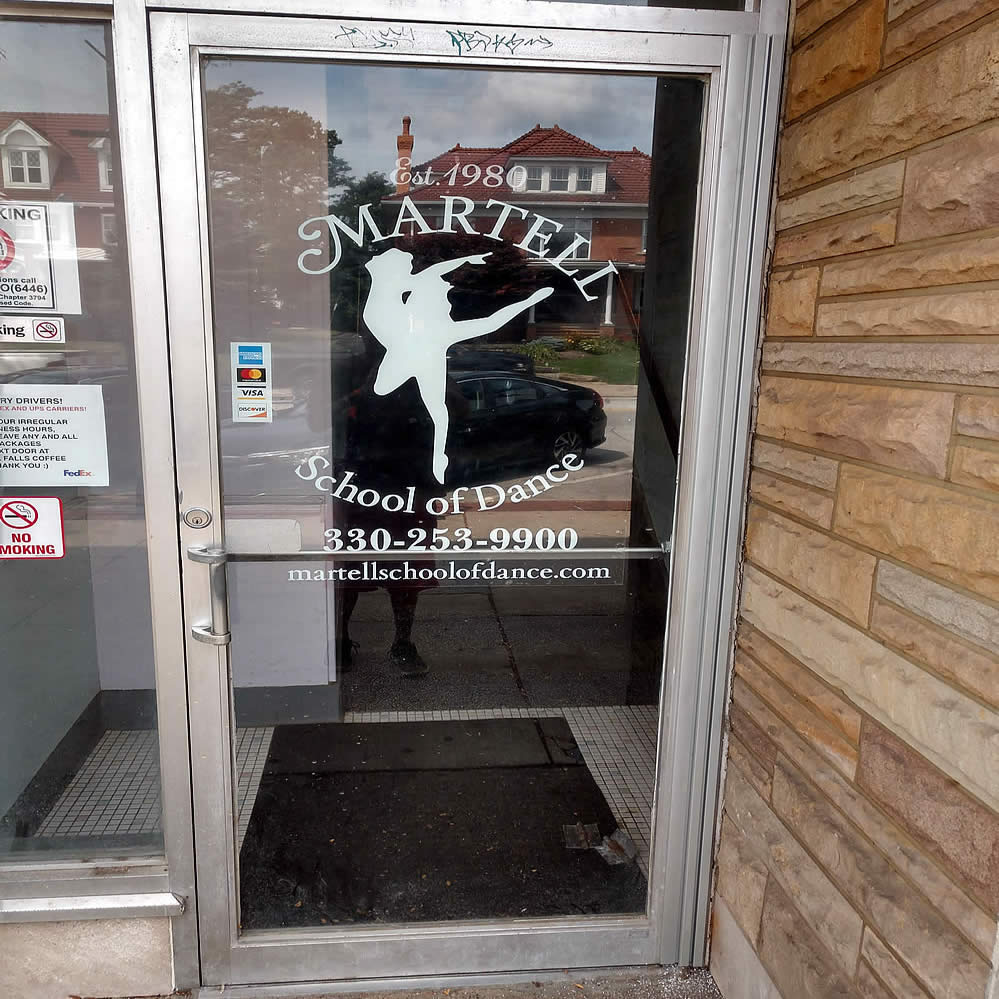

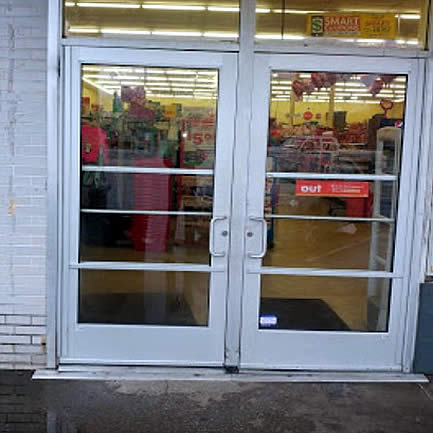
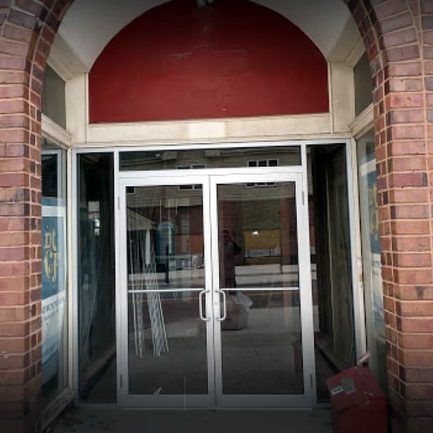
A Quick Guide on Different Types of Glass
Laminated Glass: Durable, Safe and Shatterproof
Strong, beautiful & shatterproof, laminated glass offers you form and functionality. Laminated glass is one of the safest types of glass. It also offers protection from UV rays that can fade your interior decor. Manufactured using two plates of shatterproof material that prevents it from shattering. Laminated glass offers a versatile, safe and durable solution. Perfect for glass boards, table tops and skylights – anywhere in your home or office. Schmidt’s Glass can customize laminated glass to your exact specifications.
Fire Rated Glass: Worry-Free Ambience
Fireplaces offer a unique ambiance to any room. However, fireplaces require special glass to assure safety and protection from heat, smoke, and fire damage. Schmidt’s Glass is ready to customize fire-rated glass doors for your new or existing fireplace. Several types of fire-rated glass are available, and it’s important to select the best one for your individual needs. Schmidt’s Glass works with you to customize the perfect type of fire-rated glass so you can enjoy your fireplace worry-free!
Tempered Glass:
Tempered glass is four times stronger than annealed glass. Fully tempered 6-mm thick glass must have either a minimum surface compression of 69 MPa (10,000 psi) or an edge compression of not less than 67 MPa (9,700 psi).
To be considered as safety glass, the surface compressive stress should exceed 100 megapascals (15,000 psi). As a result, when broken the glass breaks into small rounded chunks as opposed to sharp jagged chards.
Compressive surface stresses give tempered glass increased strength.
Annealed Glass:
Annealed glass has almost no internal stress and usually forms microscopic cracks on its surface. Tension applied to the glass can initiate crack propagation. Consequently, annealed glass is fragile and breaks into irregular and sharp pieces.
